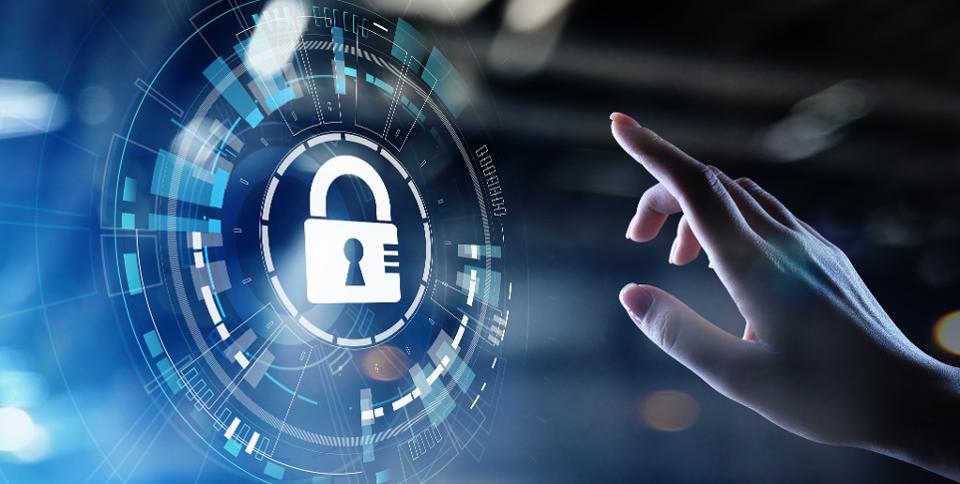Cybersecurity is important. Very important. It’s ultimately what protects your data, customer information, and ensures that your business runs smoothly while protected from attacks.
However, all industries change. New technology gets released, strategies become outdated, and trends happen. That’s why you need to stay on top of 2020 cybersecurity trends. They will maximize your cybersecurity ROI and ensure that you’re safe from attacks.
Keep reading to learn what the latest trends are in the cybersecurity industry.
1. Artificial intelligence
AI is slowly becoming adopted by most industries. Marketing, advertising, and finances are some of the major ones. Nonetheless, artificial intelligence has made its impact on security, as well.
Computers are much faster at identifying and predicting risks than we are. That’s why many companies are opting for intelligent security software. Eric Vardon, the co-founder of Morphio, put it best by saying “It’s easy to focus on growth and productivity as an agency, but don’t forget to keep your company safe as it scales, too.”
AI-driven security tools will scan for excess user privileges, server viruses, unsecured devices, and more. This effectively helps a company operate as usual while not having to continually monitor security themselves. Problems can be handled as they happen instead of being found days or weeks later.
Additionally, many of these platforms take advantage of machine learning. This branch of AI is a technology that gets smarter as you use it. Cybersecurity tools which use machine learning will defend a company better over time as it learns behaviors, anomalies, etc.
2. Preventing human error from happening
Hey, things happen. You misclick, forget about leaving a desktop logged in, or similar. Human errors are bound to happen. However, a growing security trend is how fast they are addressed and found, to begin with.
If a business can be alerted in real-time as small problems like these occur, they can be fixed before they get out of hand. Similarly, it allows a company to discover common problems that continually happen to create a plan of action for preventing them in the future.
This trend is capable thanks to predictive analytics. It’s traditional reporting like Google Analytics except based on forecasting. The software takes previous data from campaigns and trains models to predict future outcomes. Organizations can leverage this to determine human mistakes costing money and ultimately avoiding them.
3. Securing employee devices
Think about all of the devices that employees have access to: laptops, desktops, phones, tablets, and the list goes on. This also means that these are all potential security liabilities. All it takes is leaving one logged in or losing it and suddenly you have a serious breach on your hands.
That’s why businesses to need to monitor employee devices more closely moving into 2020. However, keep in mind that employees don’t want to feel as if they’re being watched. You can keep devices safe and team members comfortable by instead integrating practices like:
- Log out of all company devices before leaving work.
- Only use social media during break, lunch, etc.
- Monitor which websites they visit and for how long with software.
- Block specific websites and apps on devices during work hours.
- Etc.
This maximizes your ability to productively keep tabs on employee performance without over-doing it.
Conclusion
Keeping your business secure as it grows is more important than ever. Technology is advancing fast, and that means exploits are growing just as quickly. You can have peace of mind and scale easier by following the cybersecurity trends we outlined today.
It begins with implementing AI-driven cybersecurity solutions that predict and discover security flaws before humans can. This helps save a business time and keep them more secure.
Similarly, tools like predictive analytics are capable of learning common human errors and alerting companies when they are made. This prevents them from causing excess damage while also allowing entrepreneurs to realize repeated problems they can avoid. Lastly, securing employee devices is very important. They contain sensitive information and directly affect productivity. Monitoring them with software and policies will maximize their positive effects while minimizing risks
